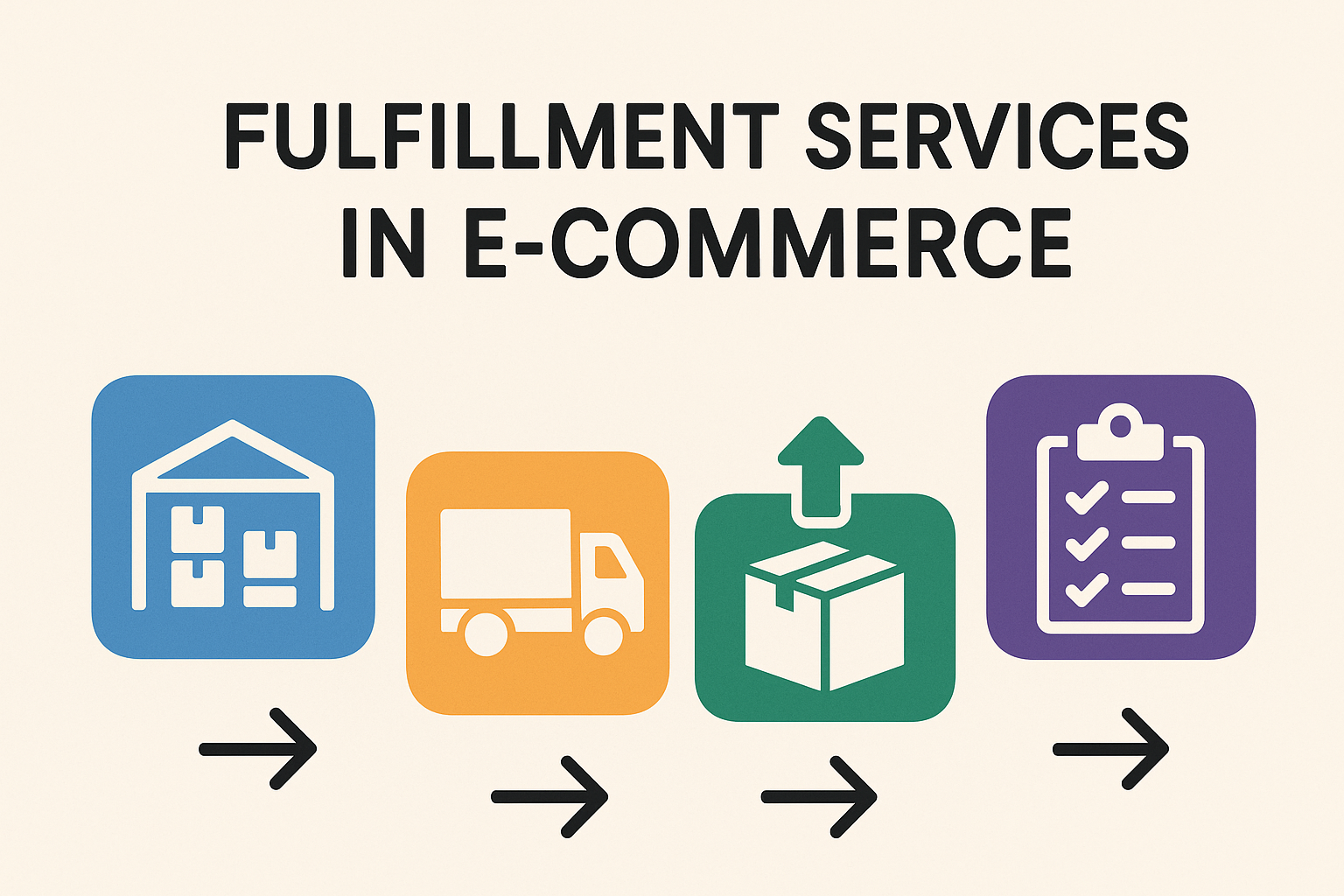Fulfillment warehouse management is one of the most critical steps to achieving success in the e-commerce sector. Effective warehouse management reduces costs and increases customer satisfaction.
In this article, we delve into the details of fulfillment warehouse management, an essential topic for e-commerce companies to operate efficiently. Let’s explore the processes, key considerations, and tips for effective warehouse management.
What is Fulfillment Warehouse Management?
Fulfillment warehouse management is a systematic approach combining processes such as storing, managing, tracking inventory, and preparing orders efficiently for e-commerce businesses. Fulfillment warehouses store and distribute products in the most effective way, enabling faster deliveries to customers. It plays a critical role in minimizing labor and logistics costs.
The Importance of Fulfillment Warehouse Management
Warehouse management is crucial for proper stock storage and on-time delivery to customers. Effective warehouse management reduces operational costs while enhancing customer satisfaction.
Stages of Fulfillment Warehouse Management
Fulfillment warehouse management consists of several stages, each vital to ensuring a seamless process. The key stages are as follows:
Product Receiving
The first stage involves recording incoming products, labeling them, and placing them in appropriate storage locations. Receiving products without damage and storing them correctly is essential for customer satisfaction.
Inventory Management
Inventory management ensures stock levels are constantly monitored. Product inflows and outflows are tracked regularly to replenish inventory promptly. Automation systems and inventory management software enhance the speed and accuracy of this process.
Order Processing and Packaging
Orders are processed quickly and carefully packaged to ensure safe delivery. Attention to detail in packaging minimizes damage during transit. Barcode and labeling systems facilitate error-free operations.
Shipping and Delivery
Once orders are packed, they are handed over to shipping providers and tracked until they reach customers. The speed of the shipping process is critical for customer satisfaction, with delivery times being a key determinant.
Returns and Reverse Logistics
Managing returns is also part of warehouse management. Returned items must be checked for damage and either restocked or disposed of as necessary. A smooth return process is crucial for maintaining customer loyalty.
Tips for Effective Fulfillment Warehouse Management
To ensure efficient warehouse management, consider the following strategic approaches:
Leverage Automation Systems

Automating processes like inventory tracking, product placement, order processing, and packaging simplifies warehouse management. Tools like barcode scanners, inventory management software, and automated packaging systems save time and labor.
Adopt an SKU (Stock Keeping Unit) System
Assigning a unique SKU to each product simplifies inventory management. SKU codes enable faster product retrieval and quicker order preparation. This system is particularly advantageous for businesses with a wide product range.
Conduct Regular Inventory Counts
Periodic stock counts ensure accurate inventory management. These counts help identify missing or excess items, improving customer satisfaction. Combining physical and digital counts yields more precise results.
Invest in Employee Training
Properly trained warehouse staff enhance efficiency across processes such as receiving, placement, inventory tracking, and packaging. Well-informed employees reduce error rates.
Optimize Warehouse Layout
An organized warehouse layout shortens product retrieval times. Strategically placing items based on demand frequency accelerates workflows. For instance, best-selling items should be stored near entry/exit points
Fulfillment warehouse management software: What features should it have?
Warehouse management software streamlines operational processes. Key features to look for include:
Inventory Tracking: Real-time monitoring of every item in stock.
Order Management: Automated order processing and preparation.
Reporting and Analytics: Metrics for measuring warehouse performance.
Automatic Replenishment Alerts: Notifications to restock before inventory runs out.
Challenges in Fulfillment Warehouse Management and Solutions
Warehouse management can encounter challenges that disrupt workflows. Recognizing and addressing these challenges is crucial for effective operations.
Inventory Errors
Inaccurate entry and exit transactions in inventory or errors in stock counts can cause products to appear missing or overstated. This negatively affects customer satisfaction and can lead to extra costs. For this reason, inventory entries and exits must be meticulously recorded.
Labor Management
High labor costs in warehouse management require efficient workforce utilization. Poor training or task allocation can slow workflows.
Demand Forecasting and Stock Management
Seasonal demand fluctuations can result in overstocking or understocking. Accurate demand forecasting helps optimize inventory levels.
5 Tips For Success in Fulfilment Warehouse Management
You can apply the following recommendations for successful Fulfillment warehouse management:
Increase Technology Usage: Automation and software solutions accelerate warehouse operations.
Keep Inventory Updated Regularly: Accurate stock updates are vital for effective inventory management.
Promote Teamwork: Foster collaboration among employees to minimize errors.
Review Warehouse Layout: Optimize storage organization to streamline product handling.
Make Data-Driven Decisions: Use reporting and analytics to continuously improve processes.
Fulfillment warehouse management is at the heart of e-commerce operations, ensuring customer satisfaction and business efficiency. Properly planned warehouse management optimizes costs while enabling accurate and timely order deliveries. By leveraging automation systems, conducting regular stock counts, and optimizing layouts, you can strengthen your processes and gain a competitive edge. Effective use of technology and employee training can turn warehouse management into a strategic advantage, making your business more sustainable and successful. Get in touch with us to discover our fiCommerce fulfillment services.





